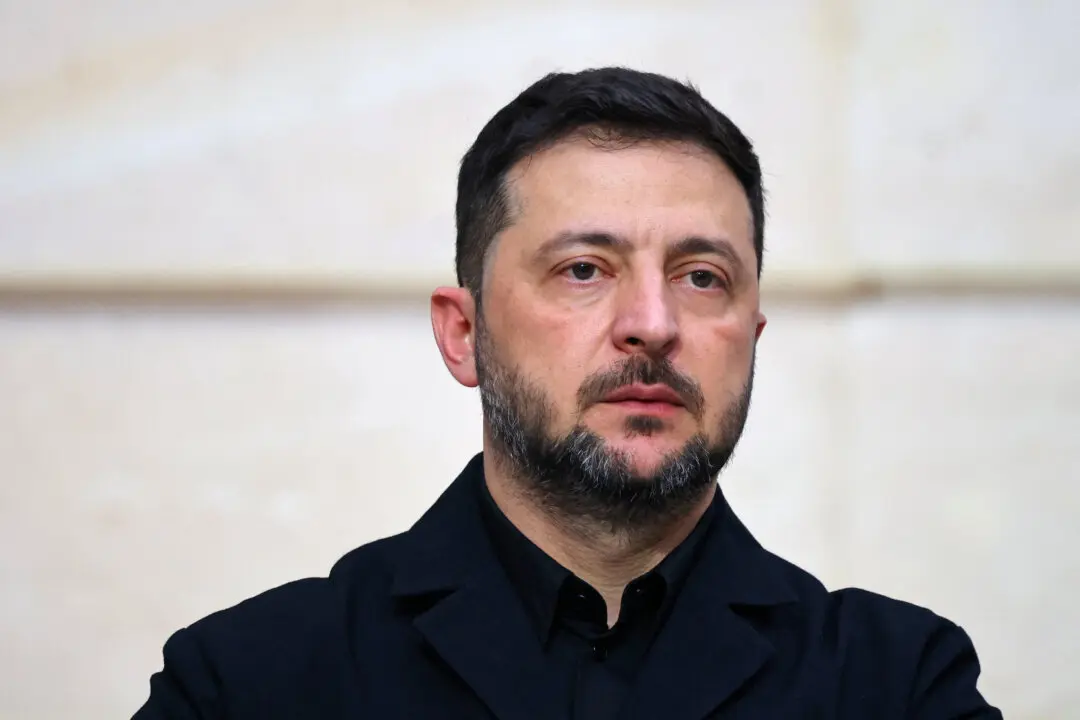The British government has signed an agreement with Italy and Japan to develop a series of fighter jets using “cutting edge” technology and designed to defend the skies in the 2030s.
Prime Minister Rishi Sunak announced the deal for the next-generation Tempest jets during a visit to RAF Coningsby, a fighter jet base in Lincolnshire.





